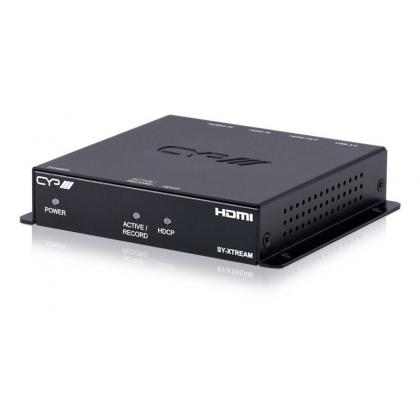How does HDR video work?
HowToAV.tv talks to CEDIA Technical Director - David Meyer - about HDR video (High Dynamic Range) and how it works.
 What is the difference between HDR Photo and HDR Video?
What is the difference between HDR Photo and HDR Video?
Photo HDR is bracketing photos for the dark and light ends then blending the two together to optimise the dark and light portions of an image.
Video HDR is about the dynamic range, or the contrast ratio from the darkest portion to the lightest portion in any given scene. It displays video content with more luminance, more colour and contrast. It does this by using the display and the content together.
What is the difference between SDR and HDR?
SDR (Standard Dynamic Range) is the older version of HDR, the term SDR came out for a relative reference so people could refer back to what it was. SDR is 5-6 stops rather than 14 and is very limited/restricted. Especially since the human eye can see in absolute terms in around 20 stops.
HDR (High Dynamic Range) is the next generation of reproducing what the human eye is capable of seeing in reference to colours and contrast between the brightest and darkest. However the source has to be HDR compatible.
Are there different versions of HDR?
There are quite a few different versions of HDR that are competing against each other or doing different things. The end goal of these however are very much the same, the end goal being to deliver what the human vision is capable of seeing. HDR, HDR10, HLG and Dolby Vision to name a few. These can all co-exist however the market determines ultimately what happens next. However compatibility of content and all devices is needed to support HDR.
How does HDR Video technology work?
- Creates a defined contrast and richer colours
- Expands colour space
- Increases dynamic range
- Improves image fidelity
- Gives static & dynamic metadata
Overall HDR Video delivers image quality improvement that viewers can tell once they experience it. HDR Video is desirable and inevitable, the roll out of it however will be gradual.
Let the CIE AV Solutions design team help with your next project
 CIE's award-winning team of AV and systems integration experts provides a unique total project management service to the UK installer/integrator market.
CIE's award-winning team of AV and systems integration experts provides a unique total project management service to the UK installer/integrator market.
Our AV experts offer a wide range of added-value services above and beyond the expectations of many other distributors including; System Design, Product Specification, Wiring Diagrams, Rack Design & Build, System Configuration, Training and Onsite/Remote System Support.
Our customers can access any or all of these services - many of which are totally free-of-charge - on a project by project basis; benefitting from increased skill levels, specialists in new technologies & integration or simply to increase your resource for pre- and -post sales support.
 Got a question for CIE's HowToAV team?..
Got a question for CIE's HowToAV team?..
HowToAV.tv provides a whole host of tips, tricks and technology know-how for the professional audio visual industry.
If you have a question for our AV experts, please contact us now.
Subscribe to our YouTube channel now at howtoav.tv for all the latest video casts or send us your questions to [email protected]












